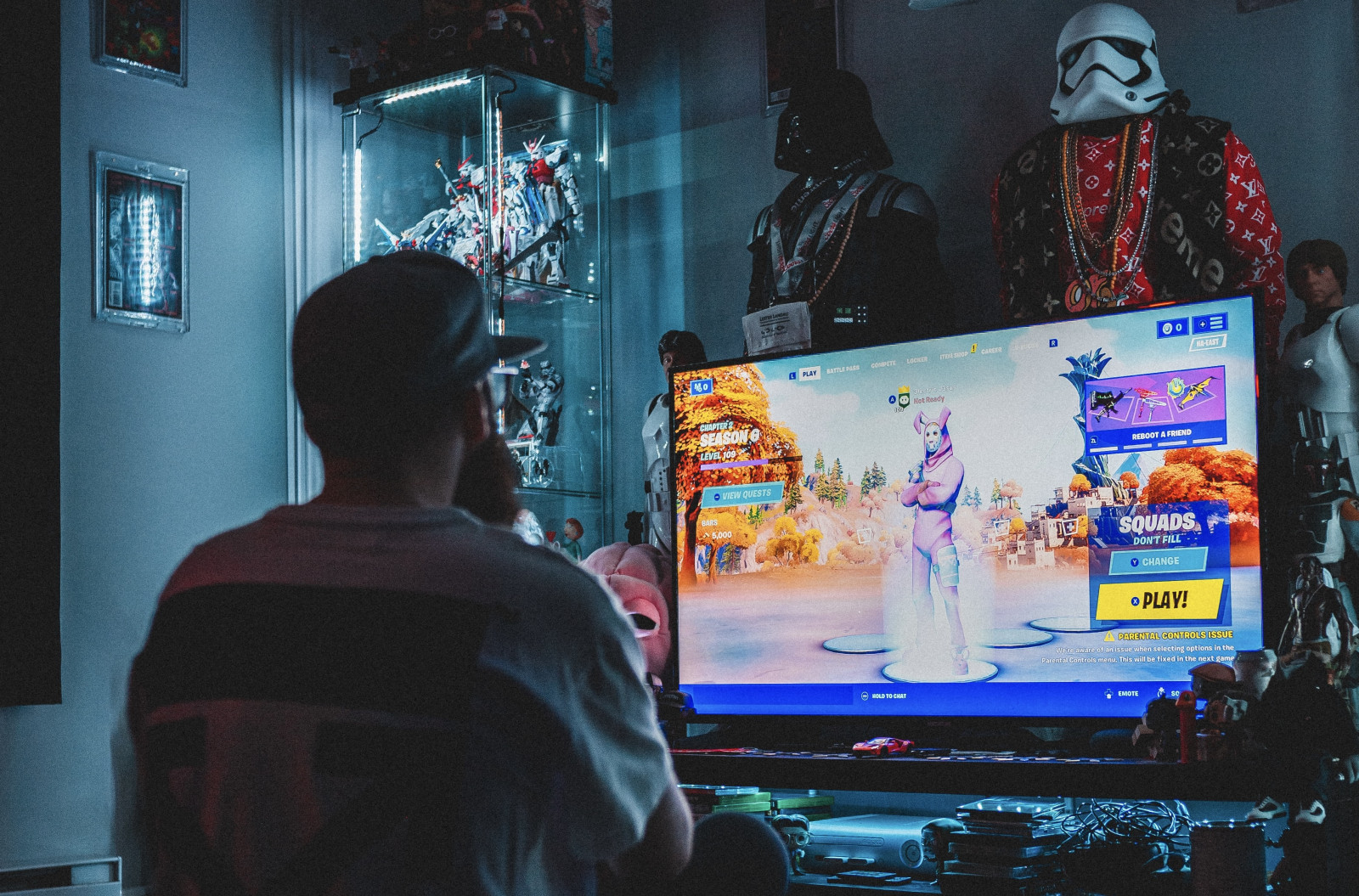Why the video industry should embrace interactive gaming worlds

Photo: Erik Mclean

Reaching audiences is an ongoing challenge for video IP holders, especially those with a stake in traditional broadcasting.
There is the conundrum of transitioning linear audiences to streaming TV services. Linear is in decline but continues to yield robust advertising revenue. Streaming TV is now the status quo, but the revenues for SVOD, AVOD, and FAST channels are yet to match what they were in traditional pay-TV and free-to-air.
Managing the rise of streaming TV so that it counterbalances the decline of linear is tricky, but it is a problem that lies in the broadcaster’s grasp. Essentially, it comes down to managing the expectation of two parties: older viewers and advertisers.
Older viewers need to feel comfortable that discovering, watching, and finding content on streaming TV is as simple as the electronic programming guide is on linear TV. Advertisers want assurances that the reach, engagement, and brand recognition they enjoyed in linear will continue in streaming. Handle this process carefully and traditional broadcasters can make sure these long-nurtured relationships continue in a post-linear world.
However, the same cannot be said for younger audiences. If older viewers represent mainly a migration strategy, the strategy for younger viewers has been about orchestrating a series of landgrabs from other entertainment services.
The first step is to create content that appeals to 16-to-34-year-olds. However, the ‘build it and they will come’ approach does not work in isolation. Younger viewers are fickle digital natives who consume social content as much as streaming TV. Therefore, seeking out younger audiences on social video platforms to drive them back to their streaming services has been a solid approach for video IP holders.
However, the surging popularity of interactive gaming worlds such as Roblox and Minecraft has made them re-think this approach. Gaming is becoming a dominant part of a younger consumer’s entertainment diet. For example, Roblox had an average of 56 million daily active users (DAU) for the year ending December 2022. Of those, 23% were between 9-12 years old and 21% were aged between 17 and 24. Updating for the third quarter of 2023, it revealed that its total DAUs had increased by a fifth year-on-year to 70.2 million DAU.
British broadcaster ITV is among those tapping into these experiences to drive youth engagement with its flagship IP. The broadcaster partnered with the creative agency Metavision to deliver an I’m a Celebrity Get Me Out of Here! experience within Fortnite, where players could try out Jungle Trials with their characters.
Brendan Dinen, head of brand marketing at ITV, told MIDiA that strategies such as these helped boost youth viewership for its streaming service ITVX.
Featured Report
India market focus A fandom and AI-forward online population
Online Indian consumers are expected to be early movers. They are high entertainment consumers, AI enthusiasts, and high spenders – especially on fandom. This report explores a population that is an early adopter, format-agnostic, mobile-first audience, with huge growth potential.
Find out more…“We're constantly looking for new and inventive ways to get our exclusive IP out to new audiences, so we are investing to continually evolve our brand by pushing into newer and more dynamic areas that are perhaps slightly less familiar with ITV,” he added.
“One of our focuses has been on ensuring much of our content is relevant to younger audiences and therefore we have managed to secure significant growth in that area, particularly for ITVX.
“But it is a balance. We want to create authentic content experiences, but ultimately our business is about mass market commercial audiences for our channels and streaming service.”
While Dinen is right to keep the focus on their own services, the question video IP holders should be asking now is how they evolve this interaction from a marketing tool to a monetisation vehicle.
Such answers are being found in music where the k-pop supergroup BTS have launched a video game that operates an interactive fan world. It allows superfans can get their hands on exclusive content and express their fandom through in-app purchases and digital collectibles.
This approach is an area video IP holders should pay close attention to for the following reasons.
Firstly, video games provide a way to secure sustained engagement on consumers smartphones when they cannot watch shows, especially those which provide daily challenges.
Secondly, they create a platform where superfans of IP can be rewarded: BTS launched an original soundtrack to coincide with the release of BTS World.
And, lastly, they allow video IP holders to gain access to the digital monetisation techniques that have been dominated by social video platforms and interactive gaming worlds, such as selling digital collectables, avatar skins, and displaying incentive-driven advertising.
Indeed, games could even become a new distribution vehicle for broadcasting content.
This approach will not work for all video IP holders. Only tent-pole IPs or franchises will be successful because it requires a significant audience base to monetise. Those able should consider this approach as an additional way to engage younger audiences alongside using third-party social video and gaming platforms.
By doing so, video IP holders could make reaching younger audiences a more manageable task akin to migrating older viewers from linear to streaming TV.
For more insight on the interactive fan world opportunity for video IP holders, download a copy of Immersive video fandom: The rise of the centralised interactive fan world

There is a comment on this post, add your opinion.